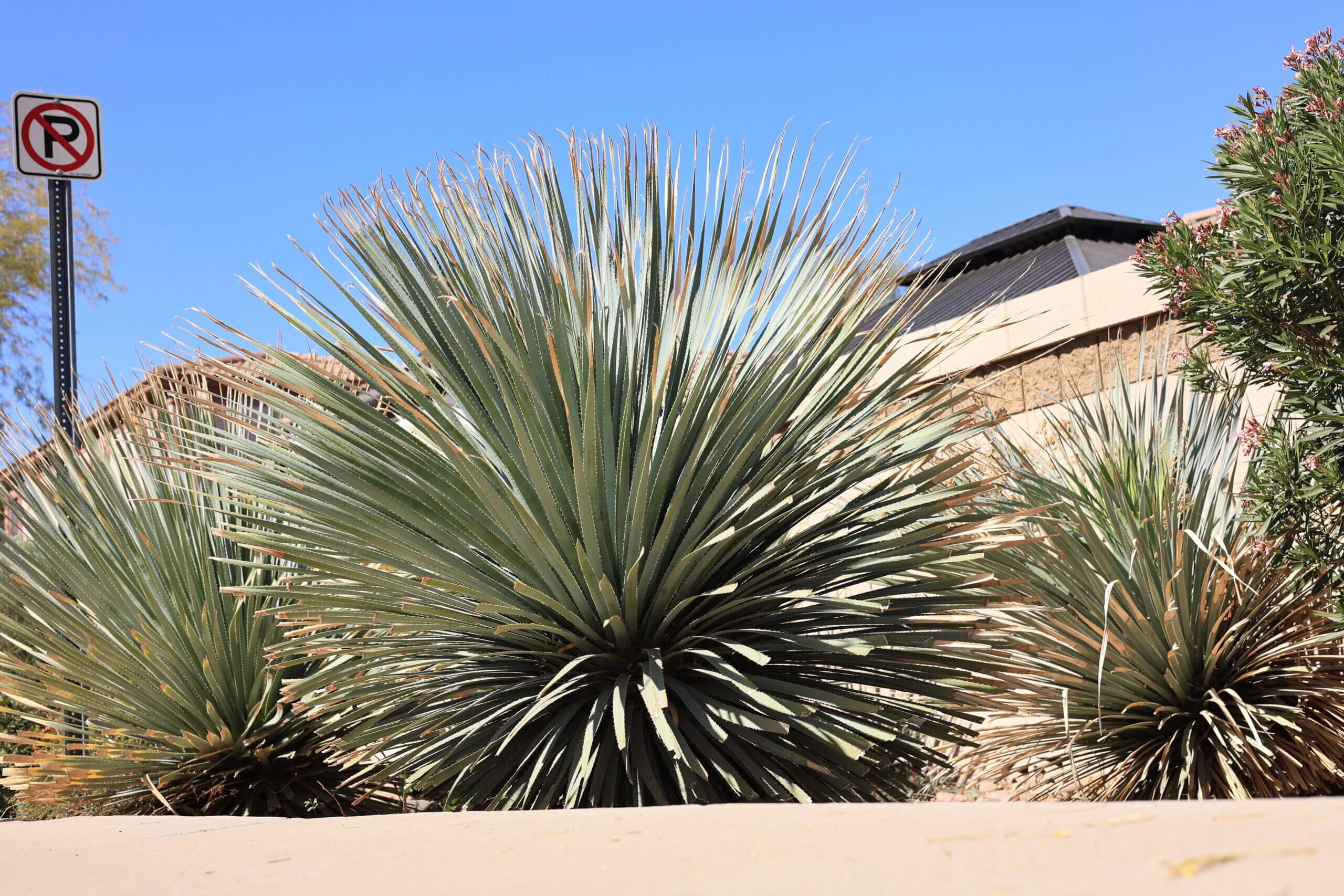Winter in Tucson may bring cooler temperatures, but the Sonoran Desert landscape still offers remarkable color and texture, especially when planted with native species. These plants are naturally adapted to our region’s dry winters, making them resilient, water-efficient, and low-maintenance. At Horticulture Unlimited, we encourage homeowners to embrace native landscaping for its year-round beauty and sustainability. By selecting hardy desert plants, you can create a vibrant garden that thrives even during the coolest months.
Why Native Plants Flourish in Tucson Winters
Unlike imported ornamentals that struggle in arid conditions, native desert plants and trees have evolved to handle Tucson’s temperature shifts and minimal rainfall. They require less irrigation, resist local pests, and provide vital habitat for pollinators and wildlife. During winter, many native species enter a slow growth phase instead of complete dormancy, keeping the landscape alive with subtle greens, silvers, and bursts of color. Choosing these plants conserves water and energy and keeps your yard visually appealing all year long.
Spotlight on the Desert Spoon (Dasylirion wheeleri)
The desert spoon, with its symmetrical rosette of blue-gray leaves, adds architectural elegance to any Tucson landscape. This hardy succulent thrives in full sun and can tolerate cold winter nights with ease. Once established, it needs minimal watering and care, making it a perfect choice for eco-friendly gardens. In late spring, it sends up a tall flower stalk that attracts hummingbirds—proof that this plant is both resilient and beautiful, even after enduring the chill of winter.
The Enduring Appeal of Brittlebush (Encelia farinosa)
Brittlebush is one of Tucson’s most iconic native shrubs, known for its silvery leaves and bright yellow blooms that often appear even in late winter. It thrives on rocky slopes and dry soil, requiring almost no supplemental water once established. This desert native brings color and texture to winter landscapes, creating a soft contrast against darker evergreens. Its ability to flourish through frost and drought makes it a staple in sustainable desert gardens.
The Resilience of Penstemon
Penstemon species, such as the firecracker penstemon, bring vibrant red or orange tubular flowers to winter and early spring landscapes. These perennials tolerate cooler temperatures while providing nectar for hummingbirds when few other plants are in bloom. With minimal watering and full-sun exposure, penstemon can fill garden borders and rock beds with seasonal brilliance. Its hardiness and long flowering season make it a favorite among Tucson landscapers and homeowners alike.
Adding Desert Marigold for Year-Round Color
Another standout for winter planting is the desert marigold, a cheerful wildflower that can bloom throughout the year in mild conditions. Its golden-yellow flowers add warmth to the landscape even on the coldest days. Drought-tolerant and self-seeding, it thrives in poor, sandy soil and full sun. This low-maintenance native adds brightness to garden beds, borders, and open spaces, complementing other desert species beautifully.
Choosing native plants for your Tucson winter landscape means less maintenance, lower water bills, and more natural beauty. Let Horticulture Unlimited’s landscape professionals help you design and maintain a desert landscape that thrives year-round. Our experts specialize in selecting and caring for native species that enhance both your property and the local environment. Contact us today to learn more about desert landscape design ideas and discover how native plants can transform your outdoor space into a sustainable desert oasis.

